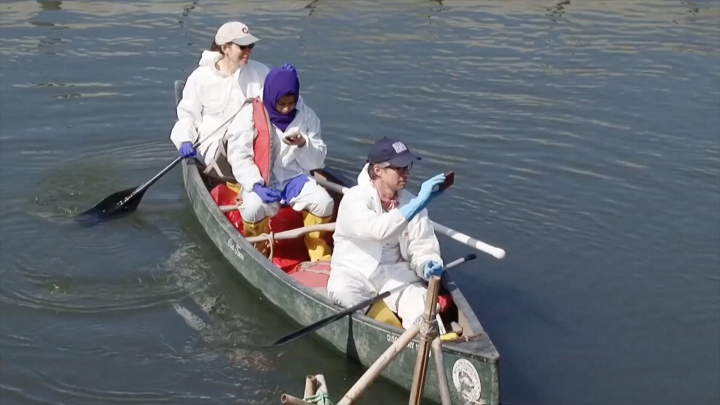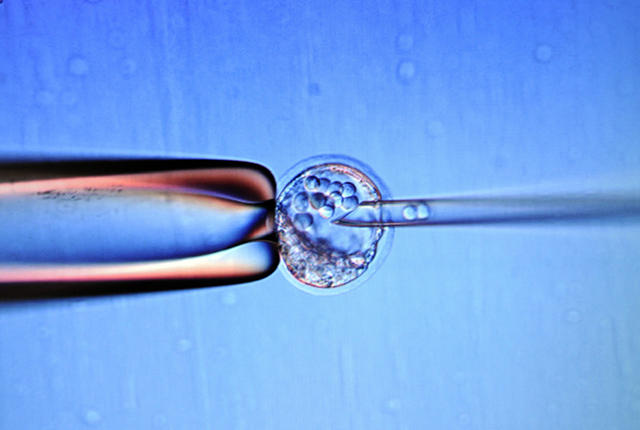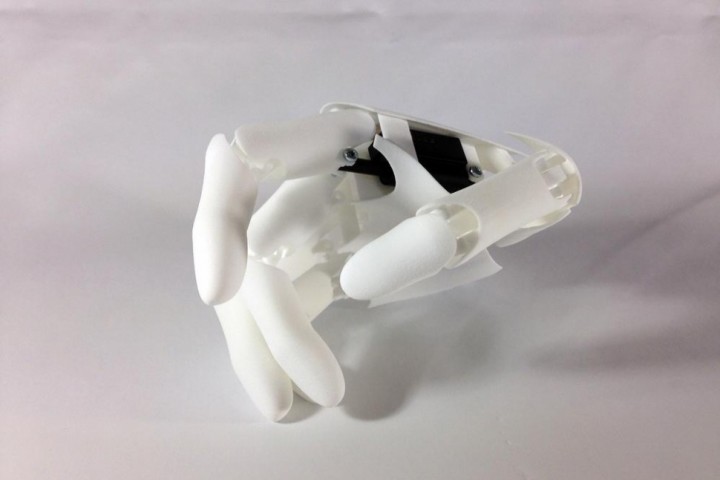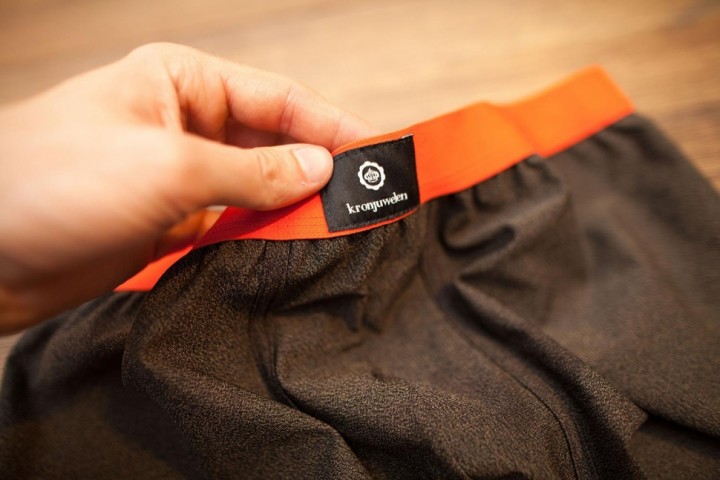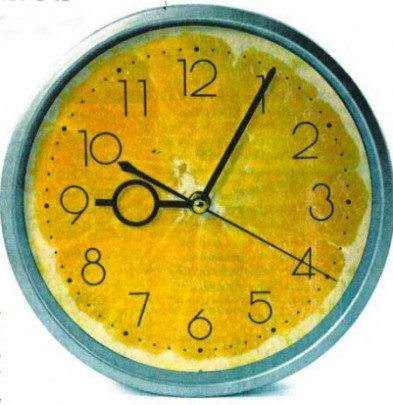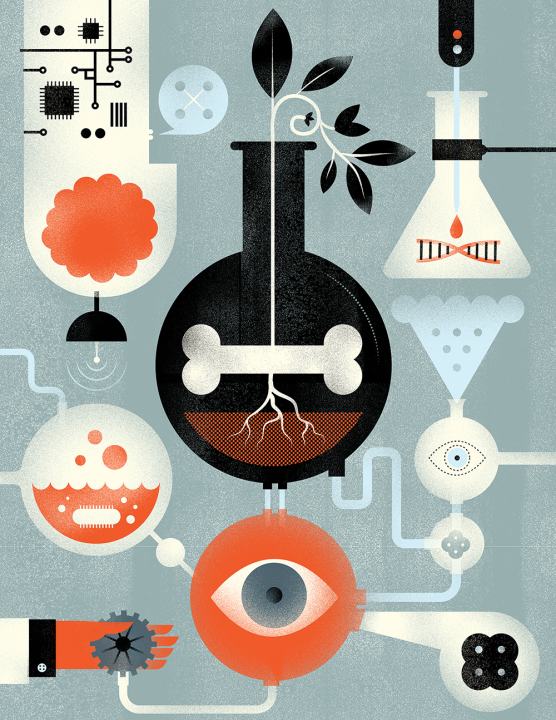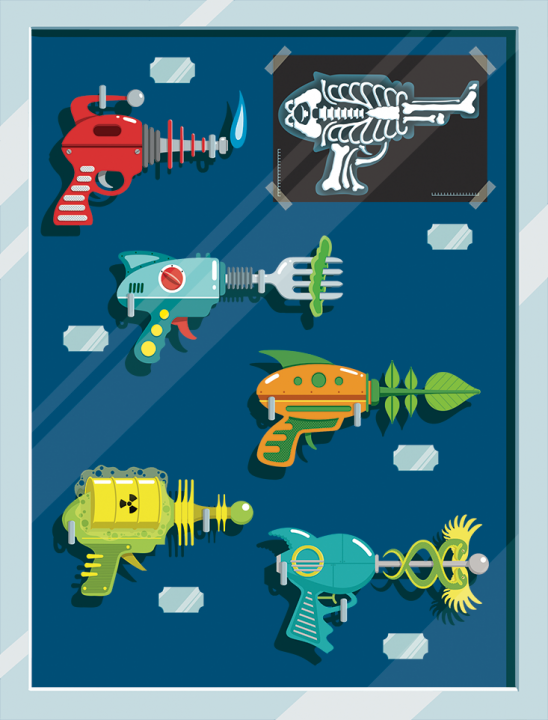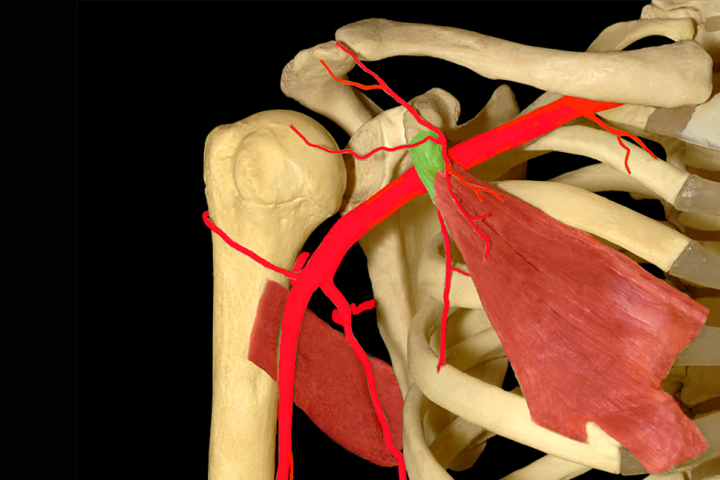Lina Zeldovich
AUTHOR / JOURNALIST
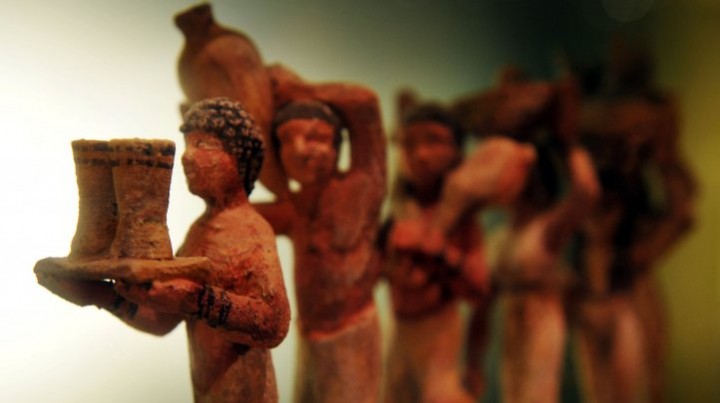
(An ancient sculpture from the Israel Beer Breweries (IBBL) museum in Ashkelon, Israel. Rafael Ben-Ari/Alamy )
Category: Portfolio, Stories, Travel & Food

As slow food and slow living movements are becoming the trend, it’s time to decelerate travel, too.
Category: Portfolio, Stories, Travel & Food, Uncategorized

The putting-green yard sucks up to 10,000 gallons of water a year. So amateur scientist Jackson Madnick decided to breed a hardy, drought-resistant green grass. (Robert Schlie/Alamy)
Category: Portfolio, Stories, Uncategorized

The UTI-causing bacteria looks a bit like a squid with long filaments, at the end of which a protein called FimH can form a tiny hook. With that hook, the bacterium hangs on to a particular molecule on the outside of human cells. (Photo by Lucy Nicholson)
Category: Portfolio, Stories, Uncategorized
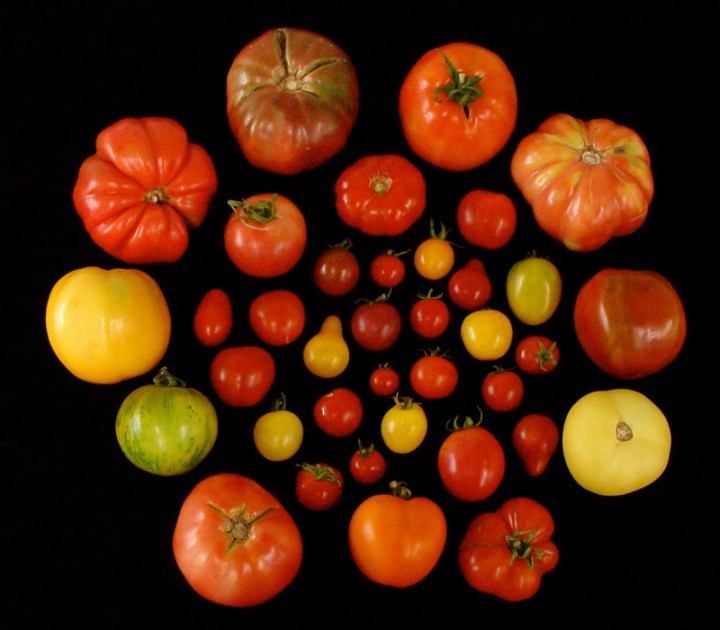
What’s wrong with the tomatoes we eat now? A few things.
Category: Stories, Travel & Food, Uncategorized
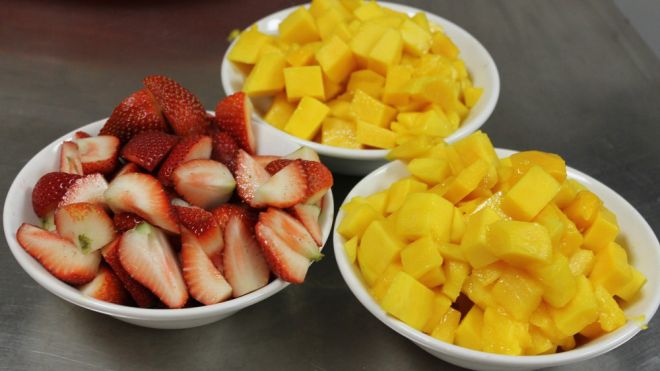
Revising your daily menu is easier in summer, because stuff just tastes so good.
Category: Stories, Travel & Food, Uncategorized

“We have this department called Imagineering,” says Lenny De George, Walt Disney World Executive Chef, who’s been cooking up the magic for 20 years. “So the imagineers would dream up what a new restaurant would be,”
Category: Stories, Travel & Food, Uncategorized
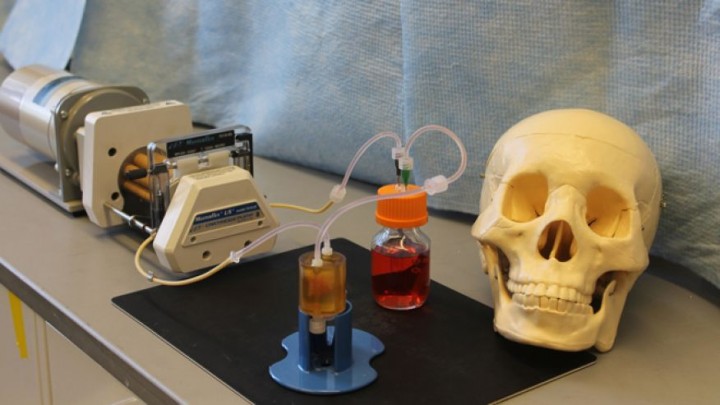
Using bioreactors, a team of Columbia University bioengineers grew more than 50 healthy bones from stem cells.
Category: Stories

The grass is always greener on Jackson Madnick’s lawn in Wayland, Mass.: green in a drought and green when it emerges from under the snow. Yet, he barely waters and mows it, and he never uses chemical pesticides or fertilizers.
Category: Stories
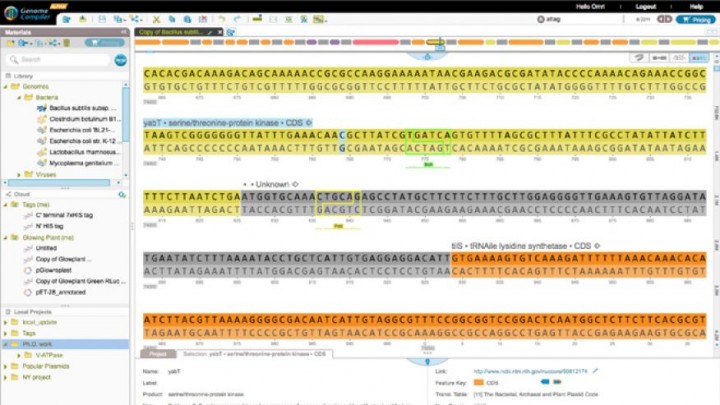
Biochemical engineers can now download a piece of software and, with a few simple clicks, assemble the DNA for new life forms through their laptops.
Category: Stories
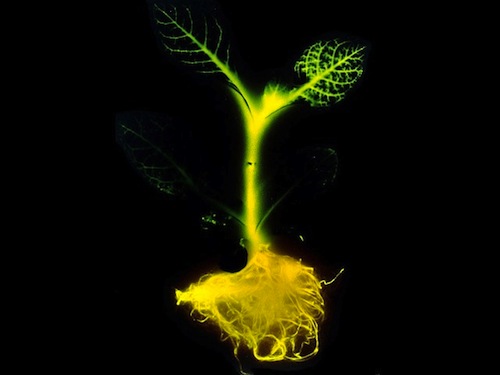
Trees that grow and glow may one day replace street lamps, cutting down on electricity use and CO2 emissions, says a group of synthetic biologists at Singularity University in Moffett Field, Calif.
Category: Stories
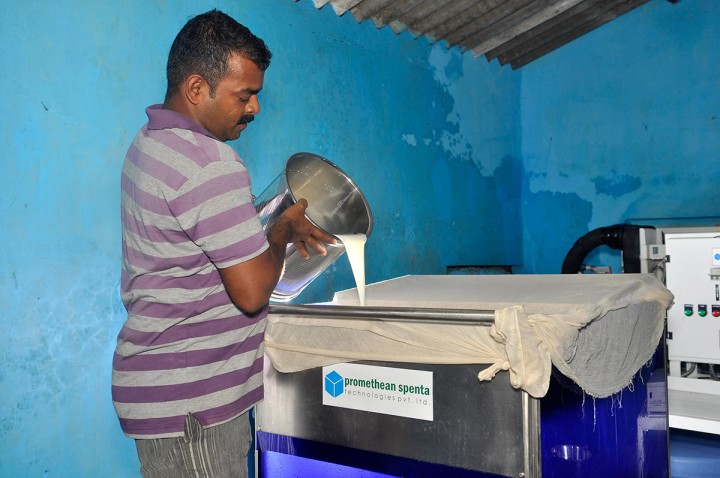
Solar-powered thermal batteries harness the sun’s heat to chill milk in regions with unreliable power in India.
Category: Stories

A little colorful sticker you can slap onto your shirt may prove to be one of the most efficient methods to ward off malaria, dengue fever, West Nile virus and other mosquito-borne diseases.
Category: Stories, Travel & Food
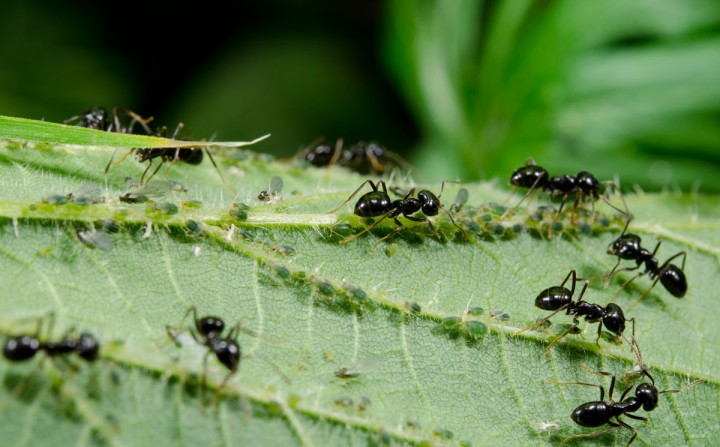
Ants mastered husbandry way before us—about 50 million years ago, and they still continue farming today.
Category: Stories
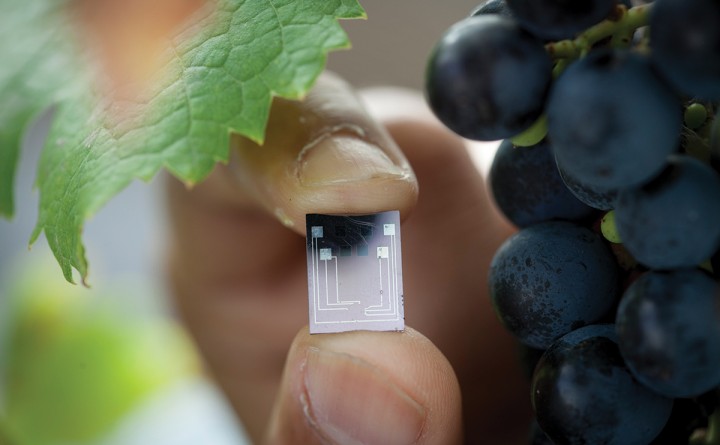
When it comes to water, some plants are picky drinkers. To measure plant water levels continuously, Cornell University researchers, equipped every plant with its own personal water sensor
Category: Stories

Sitting on top of a volcano may be just what Nevis, a small sombrero-shaped Caribbean Island, needs to become one of the greenest nations on Earth.
Category: Stories, Travel & Food, Uncategorized
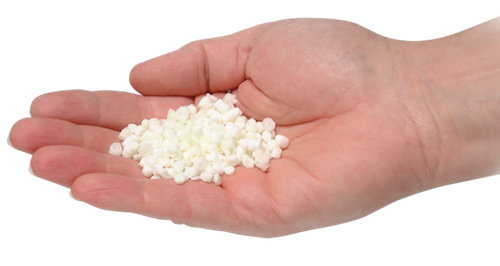
“Each one of these when heated will release hydrogen gas,” says Cella Energy CEO Stephen Voller, of the small heap of pellets in his palm. “You get about a balloon worth of hydrogen gas from that.”
Category: Stories
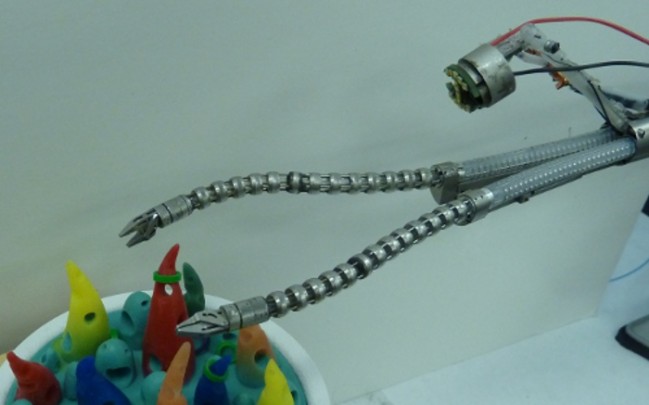
Once inside the body the robot unfolds like a NASA spaceship, communicates its position through a wire connected to an external computer, and follows instructions to advance, stop, tie sutures and perform other actions.
Category: Stories
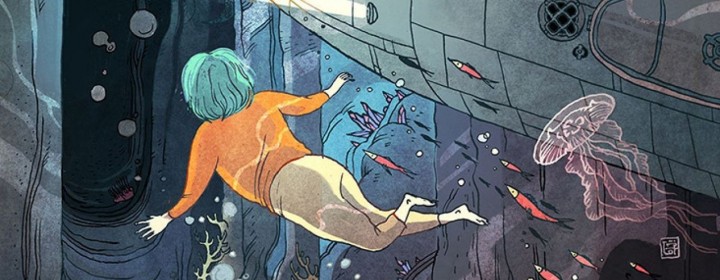
The mother tongues of today’s readers span from Russian to Turkish and from Greek to Farsi, as they follow Verne’s characters through the inner workings of his vessel and the mysteries of the aquatic life, discovering their own passions.
Category: Stories

In 2009, Eric Alm, a professor of biological engineering at the Massachusetts Institute of Technology, hadn’t had a bowel movement at home for almost the entire year. Instead, every time he had to go, he’s drive to his MIT lab.
Category: Stories
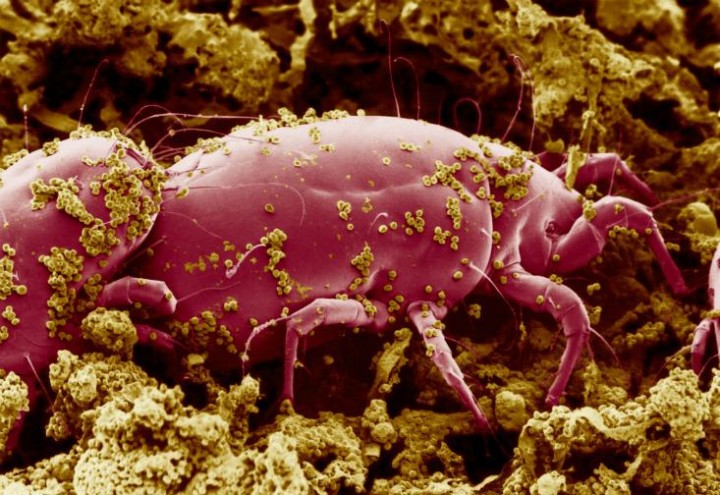
Dust mites are eyeless, headless, and heartless, yet they’re expert travelers. They’ve been trekking around the world for 400 million years; in the modern era, they travel fast and in style, stowing away inside our seat cushions, luggage, and clothes
Category: Portfolio, Stories, Travel & Food
Copyright © 2024 · All Rights Reserved · Lina Zeldovich
Adventure Theme by Organic Themes · WordPress Hosting · RSS Feed · Log in
